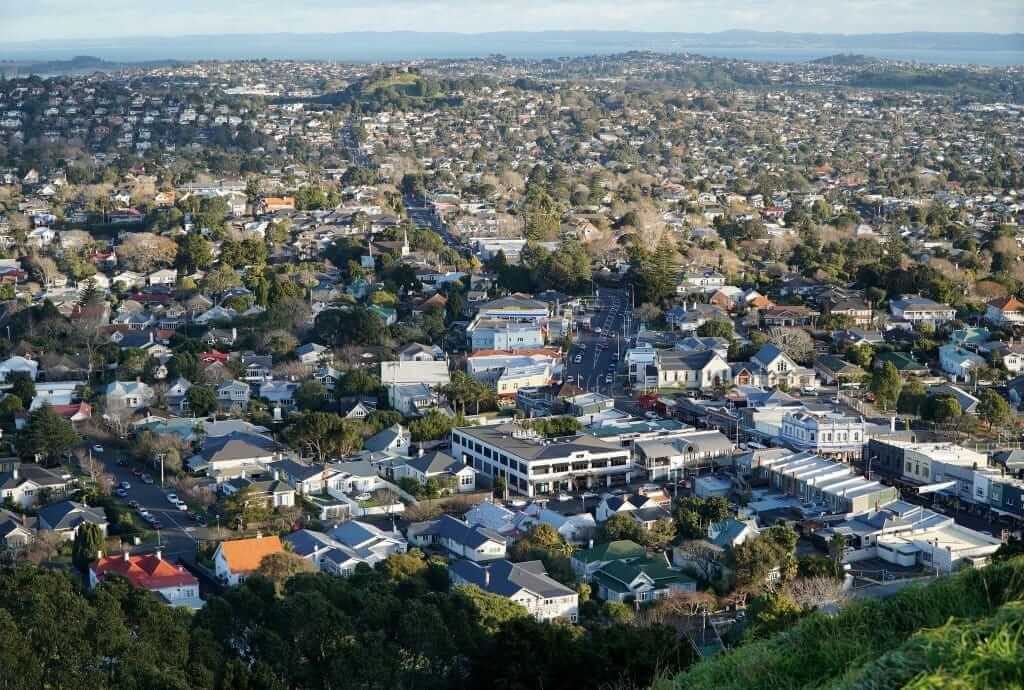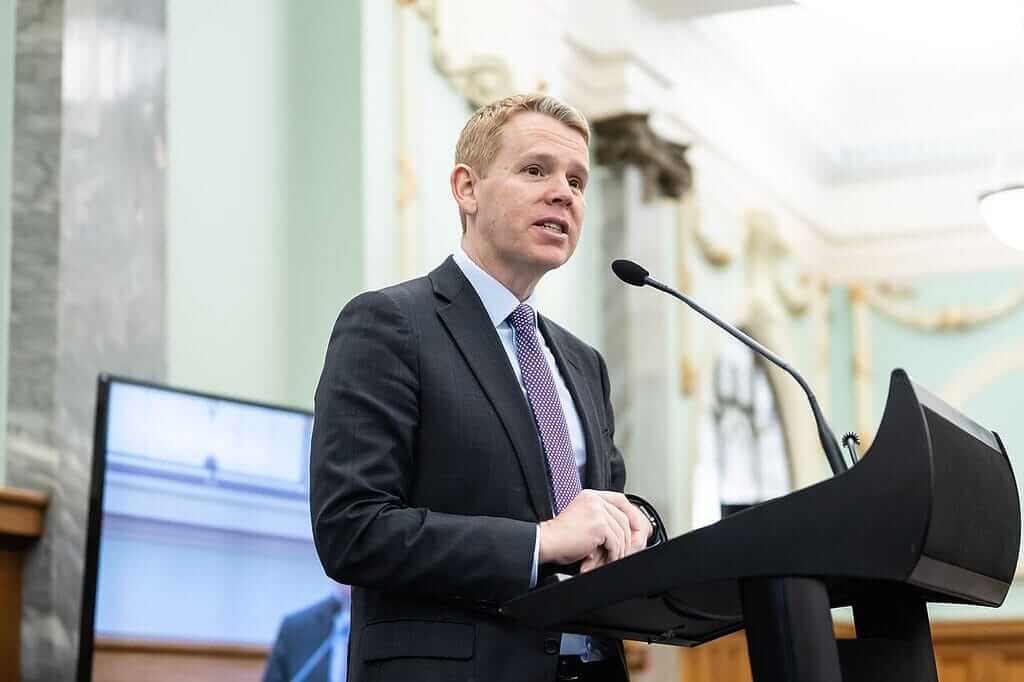In brief
- Sometimes lowering speed limits can save lives, but also lead to longer travel times and more traffic congestion.
- The Road to Zero campaign, focusing on achieving zero fatalities from road crashes, often overlooks the drawbacks of lower speeds.
- Reducing average speeds can significantly increase vehicle emissions, thus contributing to higher levels of CO2, carbon monoxide, and nitrous oxide.
See here for Part 1
Speed restrictions: Hidden costs
In Part 1, we discussed how forecasting group BERL warned Auckland Transport (AT) about speed bumps, chicanes and other “traffic calming” measures potentially costing lives by slowing down fire engines and ambulances.
However, it’s not just emergency vehicles affected. BERL also acknowledges that lowering speed limits keeps more cars in the roading network for longer, which contributes to congestion:
“On the one hand, speed limits can help to reduce crashes and fatalities on the road. Speed limits can help to prevent collisions and injuries, which in turn can reduce the number of days lost to injury-related absences from work. Additionally, safer roads can lead to more efficient transportation and logistics, which can improve productivity in industries such as shipping and trucking.
“On the other hand, speed limits can also lead to longer travel times and delays, particularly for those who need to commute to work or make deliveries on a tight schedule. This can have a negative impact on productivity, as workers may spend more time on the road and less time completing tasks. In addition, speed limits can contribute to traffic congestion, which can further increase travel times and reduce productivity for businesses and individuals alike.”

BERL notes that Road to Zero campaigners ignore this side of the equation:
“Most of transport’s Vision Zero cities, i.e., the zero fatality from road crash strategy, focus on monitoring of the impact of lower speed on safety rather than travel times.”
Slowing traffic down has a big impact on greenhouse gases and other exhaust pollutants, especially the braking and acceleration required for navigating traffic calming measures like speed bumps and chicanes.
“Speed bumps reduce average speeds but increase emissions,” reports BERL. They cite data showing the stop/start driving nearly doubles CO2 emissions for the NZ vehicle fleet on affected roads. This more than doubles toxic carbon monoxide and nearly triples nitrous oxide – another powerful greenhouse gas.
It follows that if all those chemo-markers of exhaust pollution increase around pedestrian-friendly traffic calming, then so too does the particulate matter that a recent controversial emissions study claimed was killing thousands of pedestrians. We don’t believe that, but do believe the slower speeds cause more pollution. Similarly, it may be that slowing from 100 km/h to 80 km/h can save lives, but we are not convinced that is also true going from say, 40 km/h, to 30 km/h.
As an aside, Road to Zero has not worked. The new government has scrapped the failing strategy. Each year has seen more deaths on the road than since the strategy was announced in 2020 with reports suggesting road fatalities are slightly higher in 2024 than this time last year. Data during COVID showed a drastic reduction in road deaths, but this was directly correlated to lockdown restrictions.
Cars bad, pedestrians good
If you are wondering why millennial traffic planners have waged war on the horseless carriage, it’s because they no longer believe cars have a right to priority on the roads, admits BERL:
“The old paradigm assumed that most crashes result from special risks, such as youth, seniors, impaired, and distracted driving, and so favours safety programs that target these risks. A new paradigm recognises that all vehicle travel incurs risk, so policies that stimulate vehicle travel tend to increase crashes and vehicle travel reductions increase safety.”
We could all just stay home and have food delivered, but there is something to be said for living life.



















